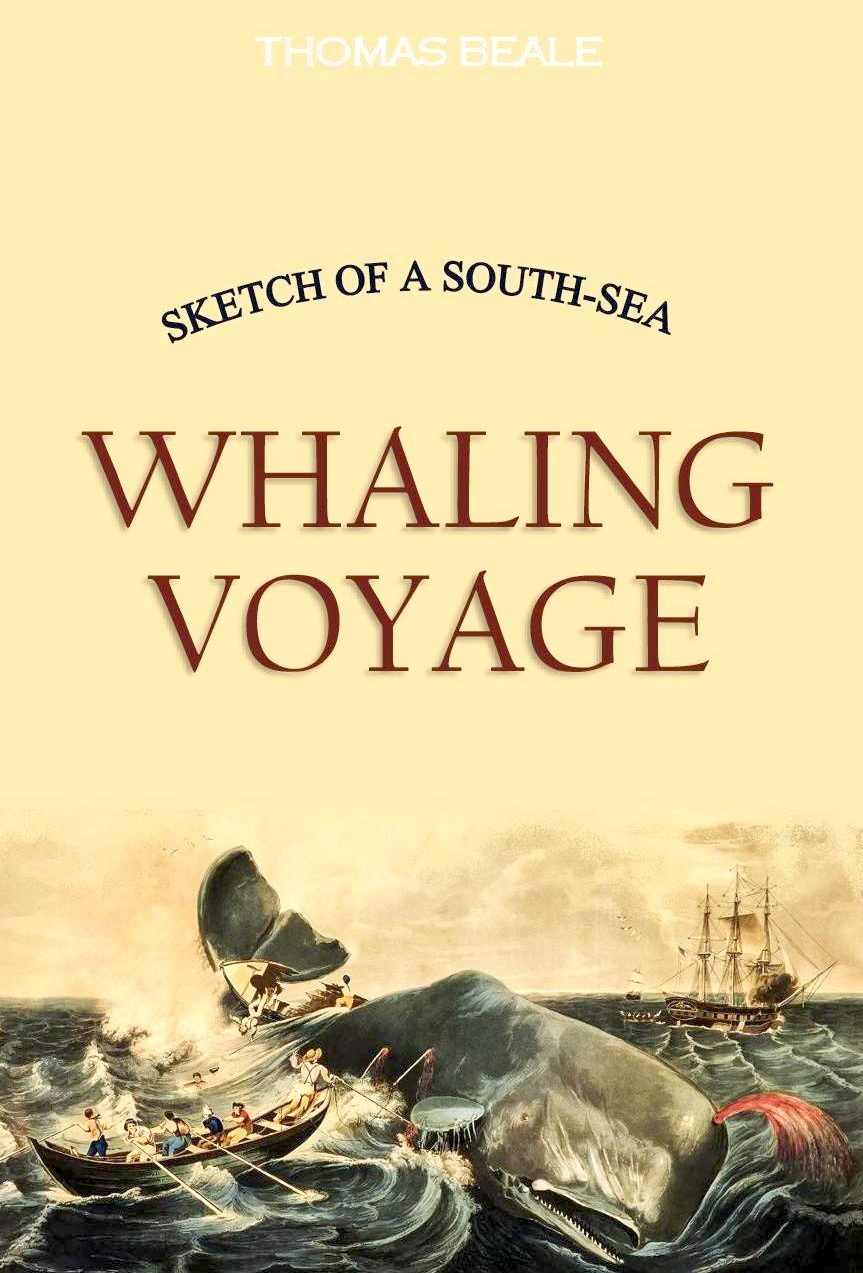
The
depiction of a Moby Dick type sperm whale on this cover is near
identical to the Owen Chase "Wreck of the Whaleship Essex"
cover below. What came first? We suspect that the success of Moby Dick
adaptations inspired these cover scenes. Alternatively, they may have
inspired Herman Melville. They have inspired us.
Sketch of a South-Seas Whaling Voyage (1839)
Even the intrepid character of the British navy in the 19th Century could not be compared with that of the whaler, who knew no fear among the dangerous
coral shoals and sunken rocks with which the seas he so often traversed abounded, and who viewed without dismay the billows breaking on the shores of lands unknown, and but too often inhabited by the "barbarous savage."
In 1839, Thomas Beale (1807-1849) published "The Natural History of the Sperm
Whale," to which was appended his "Sketch of a South-Seas Whaling
Voyage."
At the age of 22, Thomas Beale in 1830 joined a whaling voyage out of London heading to the South Seas, signing on as ship's surgeon. Near the Bonin Islands, Beale exchanged berths with the surgeon of another ship, returning to England in 1833.
In his "Sketch of a South-Seas Whaling Voyage," Beale writes of his observations of exciting
whaling adventures the crew experienced.
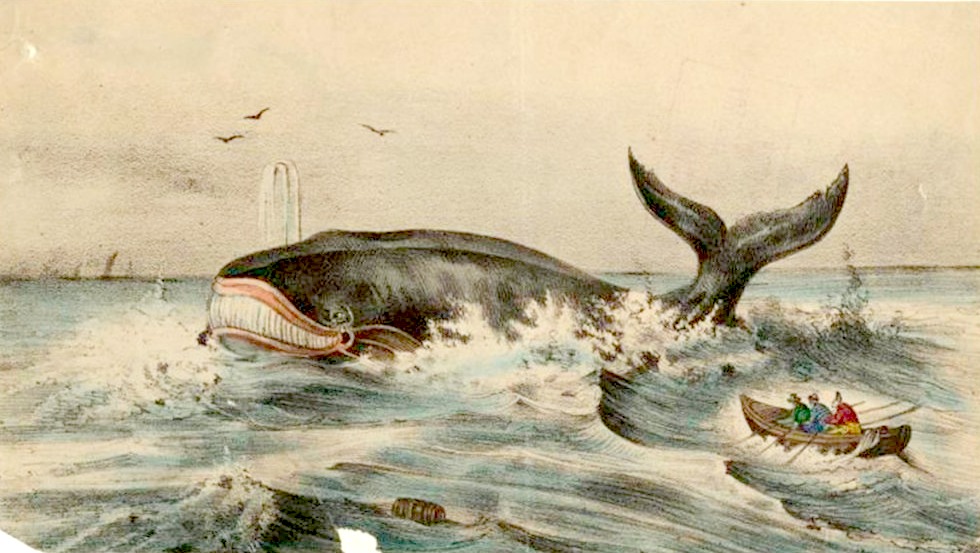
As Beale relates, the life of a whaler was fraught with danger not only from the sea but from the whales and various other dangerous marine life. For example, in describing an attack on his crew by a large pack of angry seals, Beale writes:
"The seals observing our approach, about forty or fifty of them came down directly upon us, roaring frightfully, and exposing their enormous fangs with dreadful fierceness. It was impossible for us to retreat one step. The monsters came sliding and rolling down the rocky precipices. Before we had time for reflection we found ourselves in close contact with them, and their glistening fangs were within a few feet of us, while their growling was awfully fierce and loud. But just as the monsters were about to drive us into the sea, just as their snapping jaws were in the act of seizing one of our companions, Jack Palmer, who was in our van, commenced a furious attack upon them…."
As Beale concludes:
"
if we survey, even with a hasty glance, the strange vicissitudes of a South Sea voyage, we shall perfectly coincide with those who believe that 'truth is stranger than
fiction."
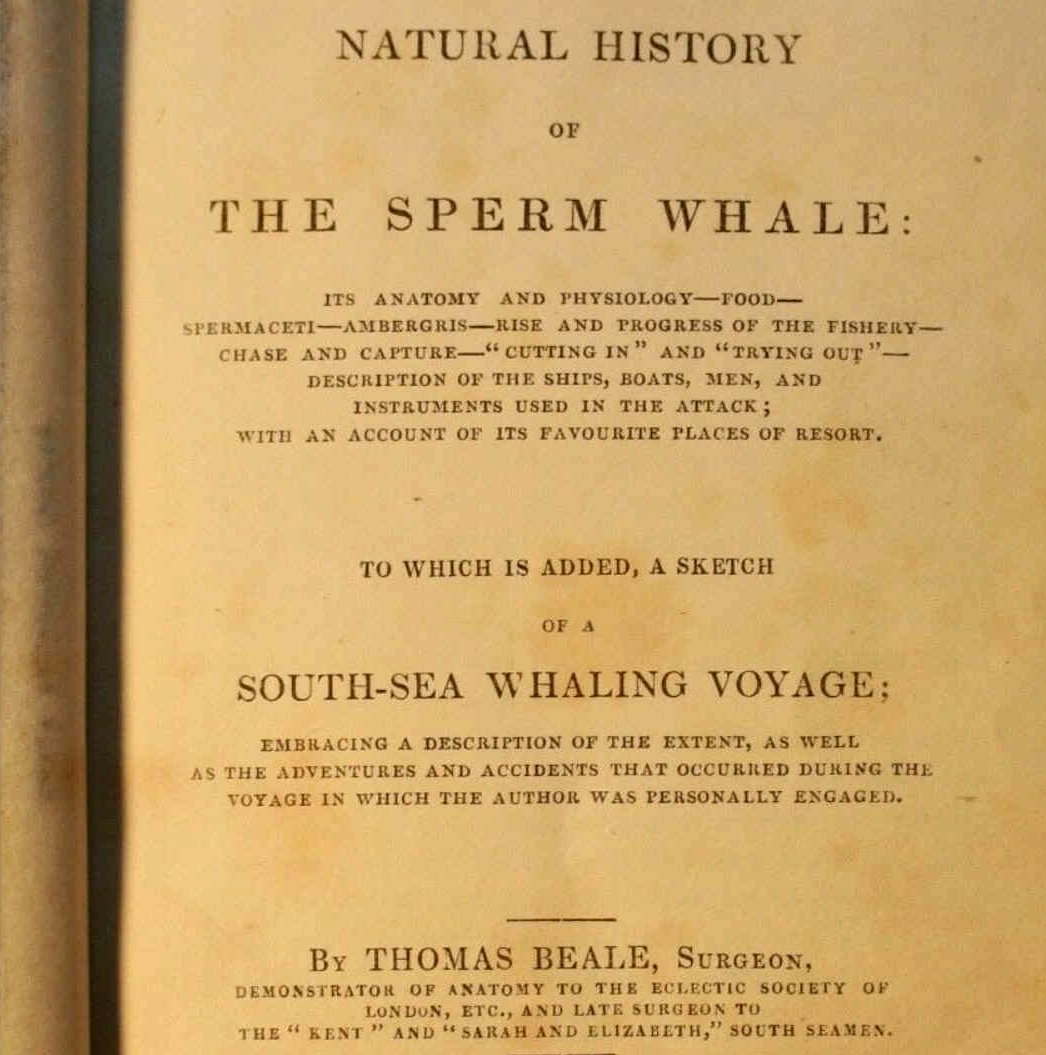
Dedication; Note on the second edition; Part I: Introductory remarks; 1. External form and peculiarities of the sperm whale; 2. Habits of the sperm whale; 3. Swimming; 4. Breathing; 5. Other actions of the sperm whale; 6. Herding, and other particulars of the sperm whale; 7. Nature of the sperm whale's food; 8. Anatomy and physiology of the sperm whale; 9. Of spermaceti, etc.; 10. Of
ambergris; 11. Rise and progress of the sperm whale fishery; 12. Description of the boats, with the various instruments employed in the capture of the sperm whale; 13. Chase and capture of the sperm whale; 14. Of the 'cutting in' and 'trying out'; 15. Of the favourite places of resort of the sperm whale; Part II. Sketch of a South-Sea Whaling Voyage: Introductory remarks; 1. Departure from England; 2. Along the shore of Peru; 3. Arrive at Paita; 4. Leave Monte Christa; 5. Arrive at Owhyhee; 6. Departure for the whale fishery; 7. Departure for New Guinea; 8. Make sail for the Ladrone islands; 9. Arrive at the Ladrone islands; 10. We are overtaken by a hurricane; 11. Happiness of the crew; 12. Leave the Sandwich islands.
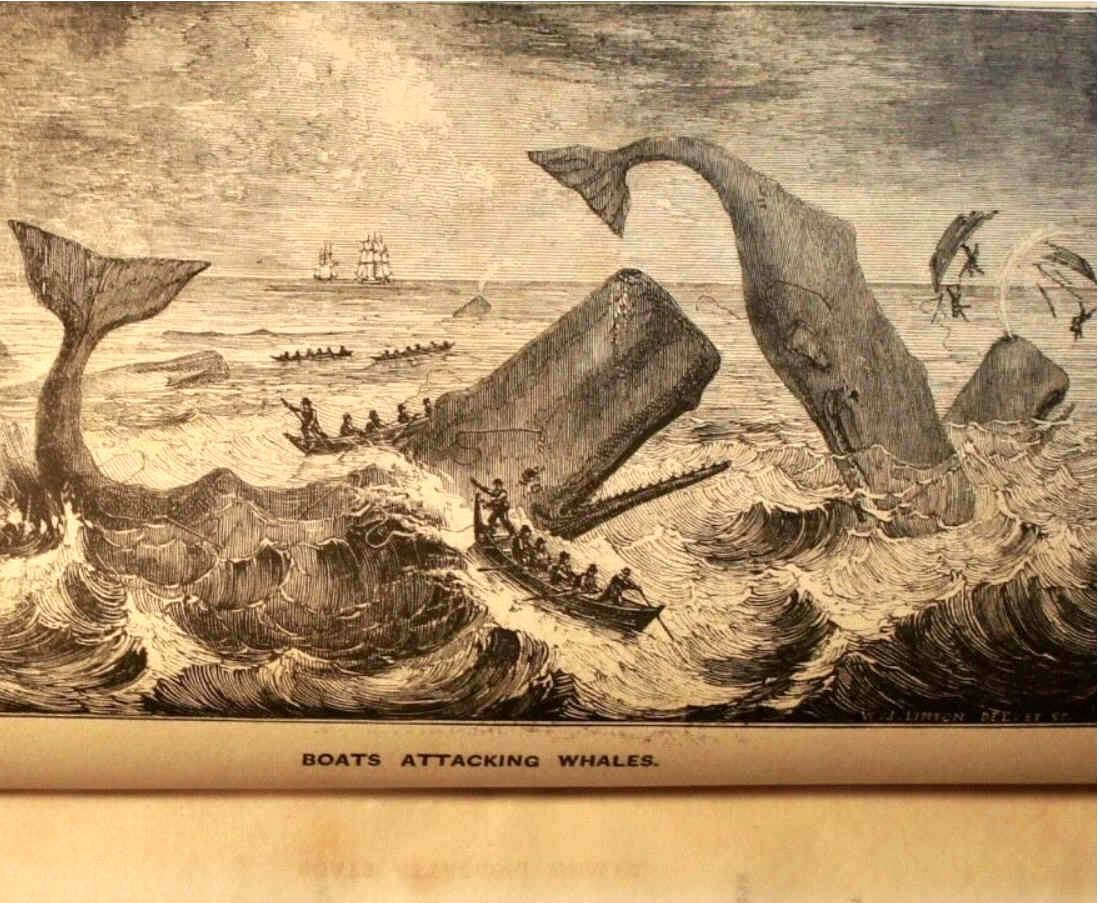
This edition was used by Herman Melville as a primary technical reference for Moby Dick. In scale and complexity, the significance of The Natural History of the Sperm Whale to the composition of Moby-Dick surpasses that of any other source book from which Melville is known to have drawn from. Owing to the precise and systematic nature of Beale's study, scholars have quite naturally conceived of the book as a source of factual information to Melville.
The Natural History of the Sperm Whale by Thomas Beale – 1839, London, John Van Voorst, Hardcover.
Octavo. Second edition. 393, 3 plates. Bound in fine modern blue leather. Elaborate gilt tooling to spine and boards. 5 raised bands. Fine binding and cover.
The Whaling Journal of Thomas Beale and his biography has been subject of a number of researches. Beale is said to have been born in 1807 and attended the Aldergate
Street Medical School between 1827 and 1829.
As a recently graduated and married husband he went onboard the British Whaling Ship “Kent” in 1830 under Captain Langton, the Owner Sturge. The Kent departed from London, setting course for the Japanese Whaling grounds in the direction of the South Atlantic and sailed over the South American
Cape Horn towards the Pacific.
The first intermediate stop was the Ildefonsa Islands near Cape Horn, before the journey continued westwards via further South American intermediate stops until reaching Owhyhee, Hawaii. From there they sailed along the Japanese whale grounds over the Bonin Islands, south over the Caroline and Lousiade
Islands to Bougainville and New Ireland, in today's Papua New Guinea.
After this leg of their voyage they oriented themselves again to the north over the Ladrone and Sulphur Islands, back to the Bonin Islands. During the voyage Beale apparently struggled with the hard conditions on board. He increasingly disliked the captain's handling of the crew too, who were treated so repressively that many men left or deserted the ship during the voyage.
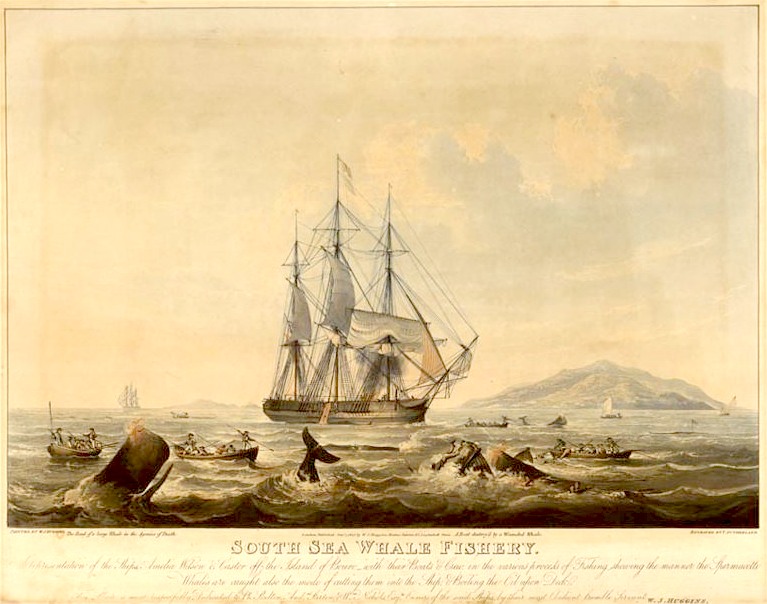
The harsh tone of the captain's voice also led him to change his place at Bonin Islands in June 1832 with the ship's surgeon of “Sarah and Elizabeth” (Captain: William Swain ; Owner: Thomas Sturge) and former schoolmate, Mr. Hildyard. With the “Sarah and Elizabeth” he sailed again far into the north of the
Pacific Ocean near Kamtchatka, before returning via Oahoo, Hawaii, and the Society Islands via the South American
Cape Horn to London in February 1833.
Apart from this voyage, Beale took no further active part on any other whaling ship. Only two years after his return, Beale published a widely received treatise on the "Natural History of the Sperm Whale" in 1835, in which he presented his detailed observations on
sperm
whales.
Beale's 1835 edition received such an encouraging reception that in 1839 he published a further, strongly supplemented and revised edition. It has been shown that Beale´s publication enjoyed a wide resonance. The Romantic artist Joseph M. W. Turner and the American Novelist
Herman Melville were strongly inspired and influenced by Beale´s remarks about whales.
His distanced depictions of everyday life on board and the detailed descriptions of the islanders at stopovers, in contrast, were based on his privileged position as a ship surgeon, who was unlikely to have shared his living space with even the ordinary sailors.
Being free from usual duties and work, he had enough time for his writings, but at the same time made his integration into the social space of the sailors more difficult. This is shown by the fact that he
hardly deals with the maritime rituals, that he was not exposed to the punishments and lashes of the captain and that he does not even use the word Forecastle.
If one also considers Beale's biography, there was probably no interest at all on his part in integrating himself into the seafaring community. Regarding the motives of his Journal, Beale notes that he wants to give records of his journey for the closest relatives at home.
Further on, it should be considered also as a general assistance for all those, who are interested in the job
description of a whaler. His descriptions are directed above all at the "many thousands" concerned relatives of seafarers with whom they have neither contact nor an idea of such a voyage.
The records are also helpful for those who want to enter the whaling business and get a reliable picture of life at sea. In addition, Beale assures that everything written down, in spite of its excessive formulations, is true:
"although I may be an enthusiastic admirer of the works of nature, [...] yet I never shall be found straying beyond the boundary of truth."
It is likely that Beale did not embark on the voyage entirely voluntarily. The mass dismissals in the British army following the end of the Napoleonic Wars in 1815 would have affected many doctors, which resulted in a relative surplus of doctors in England from 1820 to the 1850s. Therefore, many physicians have moved from mainland to seafaring due to a lack of professional alternatives and to financial reasons.
Many medical students in London in the 19th century took advantage of the Northern Whale
Fishery hunting seasonally between March and October to gain practical experience on board of whaling ships and to finance their studies. While the Journeys to the
Arctic waters lasted only about nine months, ship's doctors to the Pacific had to spend at least two or three years on the ship, which turned out to be unpopular with their families back home.
Beale's and publications is among the few remaining sources of British whaling in the 1830s. Dealing with Beale´s whaling Journal, it should be borne in mind that he did not keep a
running logbook, or diary, which contained monotonously recorded striking events on a regular basis, but intensively revised monographs intended to reach a specific readership.
Beale has divided his 1839 edition into two large sections. The first part (pages 23-192) deals in great detail with the anatomical description of the sperm whale and covers almost every conceivable aspect. Among this section, Beale dedicates pages 136 - 192 to the whaling business. Here he traces the rise of the whaling business and lists the hunting and processing, before adding a list of "favourite places of resort of the
sperm
whale". The remaining 200 pages (193-393) are dedicated to the descriptions of the islands and communities that he had visited.
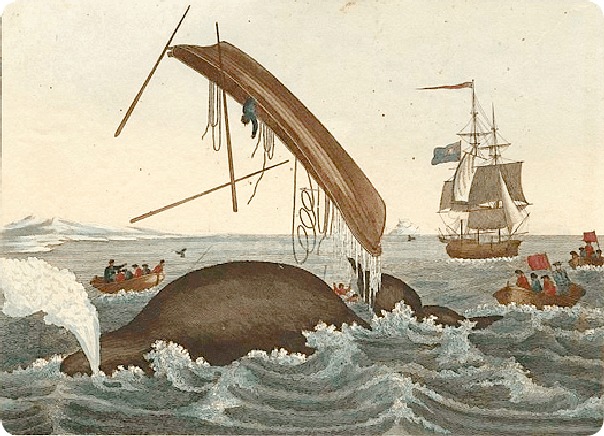
NANTUCKET
SLEIGH RIDE - The ship's surgeon Thomas Beale (1807-49) wrote a short account in 1835 of his experiences in the 'whale fishery' and in particular of the natural history and ecology of the sperm whale. In 1839, he followed this up with a longer account of the anatomy and physiology of the whale, its habits and its food, and the valuable spermaceti and ambergris which made it one of the most prized catches in the industry.
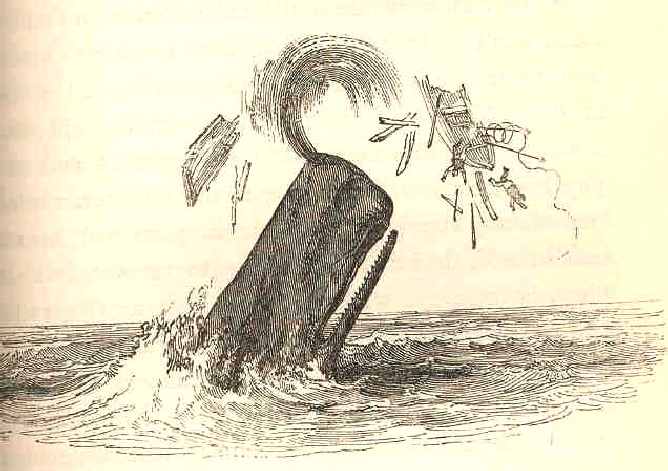
He added a detailed account of one whaling voyage in which he participated, roaming across the Pacific from Kamchatka to Hawaii. He encountered missionaries who he believed exercised tyranny over the native peoples, survived a typhoon, and came close to being shipwrecked on more than one occasion. This volume contains both works, providing a fascinating account of whaling in its heyday, including the gruesome task of flensing, or cutting up of the whale carcass.
HULL
MARITIME MUSEUM
According
to an article about the whaling industry in Hull, it started in 1598 with the discovery of Greenland by navigator Sir Hugh Willoughby. This was when the first whaling ships set sail from Hull.
The seventeenth century saw a sharp decline in the industry in Hull, but it was soon revived in the mid-1700s, thanks to Sir Samuel Standidge. He organised a small and highly successful fleet of Hull whalers during the 1750s and 1760s.
It wasn’t until the early nineteenth century, however, that the city’s whaling industry began to thrive. From 1815-1825, it is estimated that 2,000 men were employed in the trade, with over 60 whaling vessels. This made Hull’s whaling fleet the largest in
Britain at that time.
HOW DID THEY CATCH AND KILL WHALES?
Whaling was a complex profession and one that perhaps doesn’t match up with modern day values.
They were harpooned by a whaler in a small boat. This wouldn’t kill the whale straight away, but it allowed the whaler to keep close to the whale.
This was a struggle. Many whales would attempt to flee by diving, swimming and using their
awesome strength to pull away. It could often take hours before the whales finally
tired enough for the whalers to strike again.
After this, whalers would stab the whale between its ribs with long spears to kill
it, typically puncturing the lungs. The animal would then be towed back to the main ship, where it could be processed for its
blubber and baleen (whalebone).
Following this, the whalers would throw the remaining carcass overboard. Whaling was a harsh and wasteful business.
A HIGH RISK PROFESSION
The level of danger depended on the type of whale. For example, the Greenland right whale was favoured among whalers. This creature was slow to hunt and floated after it had been killed.
Then there was the sperm
whale, which fought back and frequently crushed whaleboats with its jaws or by smashing into the vessel. However, these were hunted by whalers in the South Seas and America, not by those from Hull.
Whalers would typically sail between Spitsbergen and Greenland, but as the number of animals inevitably declined, they were forced to more hostile areas.
Ships would regularly be trapped in ice in the whaling hotspots of the Davis Strait and Baffin Bay.
Whaling was extremely profitable, so whalers would go to great lengths to achieve a kill. Many whalers, unfortunately, lost their lives, with nearly 800 ships claimed by sea during the period 1818 to 1869.
INDUSTRY DECLINE
By the mid-nineteenth century, there was only a handful of working Hull whalers. The industry had started to decline back in the 1830s, but the situation got worse with the introduction of steam-powered whalers in Dundee and Peterhead.
The Diana disaster in 1867 was the final nail in the coffin of the city’s whaling industry. The unfortunate incident resulted in 13 men dying, including the ship’s captain.
The ship washed up two years later on the Lincolnshire coast, where she was broken up. This marked the end of Hull’s prominent role in the whaling industry.
To find out more about Hull City’s fascinating nautical heritage, visit Hull Maritime Museum in Queen Victoria Square.
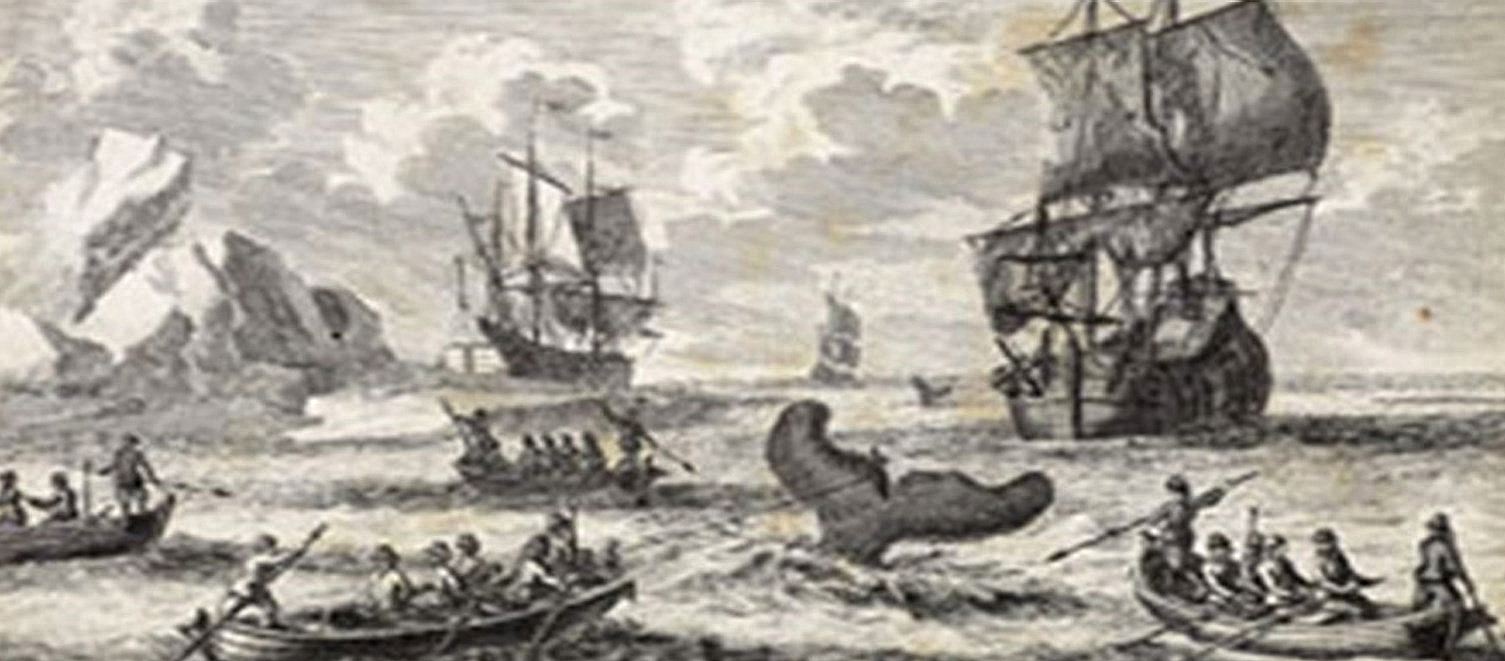
REVIEWS
"Full of startling excitement!" - Sporting Review, 1839
"Beale appears to be completely in his element when describing the chase and capture of this giant of the ocean." - Magazine of Natural History 1839
Written a good ten years before Herman
Melville’s literary classic of 1851, Moby-Dick,
Thomas Beale's book, published in
1839, may have inspired
Herman Melville to write
the fictionalized Moby-Dick.
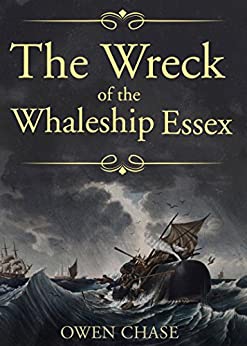
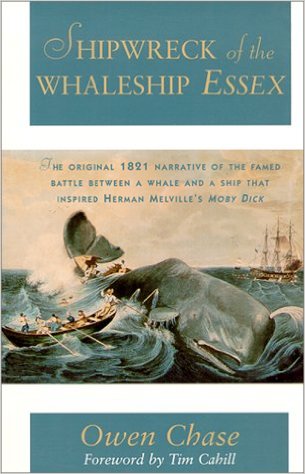 .
.
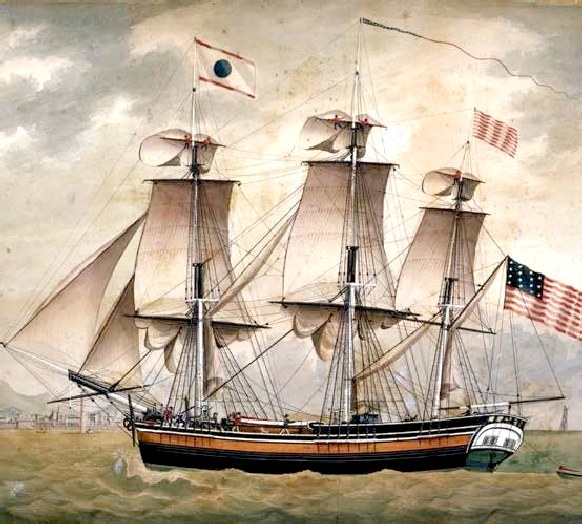
The number of accounts of sinkings of whaling ships by
large sperm whales such as Mocha Dick, is sure to have influenced Herman Melville in the
writing of Moby Dick, finally ending with the sinking of the Ann
Alexander in 1851. In turn these events must have played on the mind
of sailors turned writers such as William
Whitecar and Thomas Beale, and grateful we are for that, for putting
pen to paper so that we might enjoy their experiences.
POPULAR CULTURE
Herman
Melville's classic book, that undoubtedly was read by many a sailor,
was later turned into a feature film starring Gregory
Peck as Captain
Ahab and the crew of the Pequod
who were fated to be killed by the giant white whale Moby Dick.
Owen
Chase was the forerunner of such writings, published in 1821, with
shipmate Thomas Nickerson failing to
publish, but at least savings his notes for later verification.
LINKS
& REFERENCES
Bouchier, Ian: Some Experiences of Ships´ Surgeons;
Bouchier, Ian: Whales and Whaling: Contributions by the Medical Profession;
Forster, Honore: British Whaling Surgeons in the South Seas.
Forster, Honore (Ed.): The Cruise of the ´Gipsy´,
Gordon,
Eleanora: Sailors´ Physicians: Medical Guides for Merchant Ships and Whalers, 1774-1864, in: The Journal
of the History of Medicine and allied Sciences, Vol. 48, 1993, pp. 139-15
Howard, Mark: Thomas Sturge and his fleet of South Sea whalers, p. 415.
Olsen-Smith, Steven: Melvilles´s Copy of Thomas Beale´s The Natural History of the Sperm Whale and the
Composition of Moby-Dick, in: Harvard Library Bulletin, Vol. 21, 3, 2010, pp. 1-7
https://archive.org/stream/naturalhistorys00bealgoog#page/n104/mode/2up
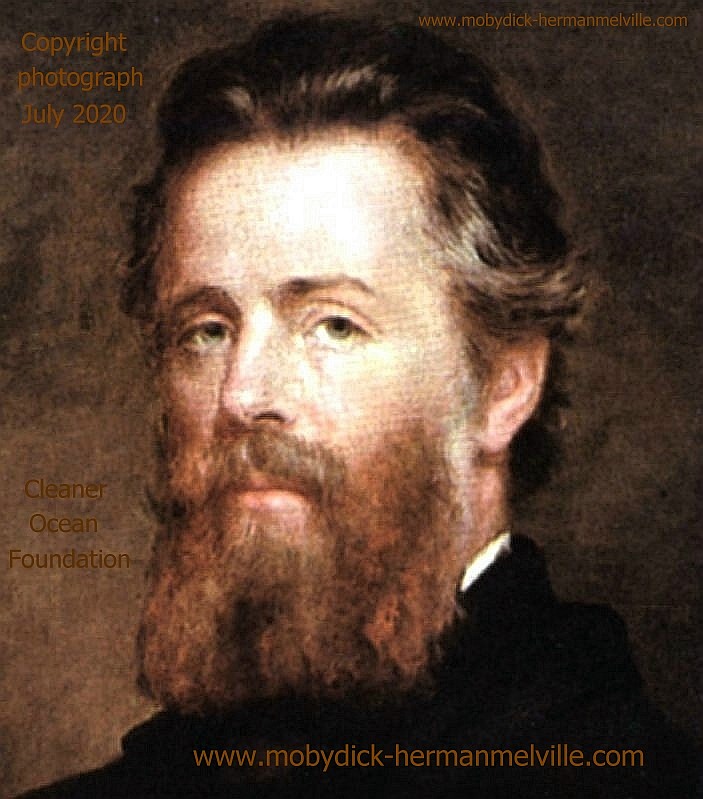
Herman
Melville was the author of a story about what we'd now consider an illegal activity,
the commercial hunting of whales for oil and meat. Whaling is still
carried out by Japan, Iceland and Canada, among other nations, though
most nations voluntarily abstain in the interests of conserving the
magnificent animals - as per International
Whaling Commission guidelines.
Please use our
A-Z INDEX to
navigate this site











